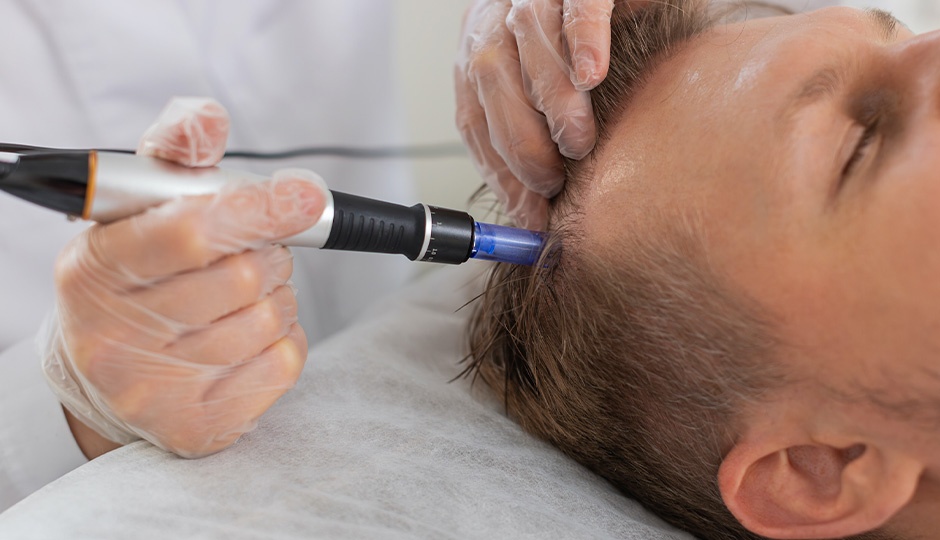Most women would say their hair is a key part of their style and appearance. If your hair looks good, you feel good. But could your choice of hairstyle damage your hair?
Perhaps surprisingly, the answer is yes, it could. There are many reasons why some women experience hair loss. One of the lesser-known types is called traction alopecia – so called because it occurs when the hair is constantly pulled tight and therefore more likely to break.
Some may ask, ‘Is traction alopecia a myth?’ No, it’s not, it’s real – although it is preventable. Let’s look at whether the clean girl aesthetic can raise the risk of this type of alopecia.
What Is the Clean Girl Aesthetic?
It’s all about hitting the simple yet elegant mark. It rolls casual, minimalist, and clean into one neat look, including the hairstyle. For our purposes in this article, the clean girl hairstyle is a simple one that requires minimum intervention or upkeep. Ponytails and buns are key drivers of this look.
Can Ponytails and Buns Cause Hair Loss?
They can – although it’s important to understand how such hairstyles can potentially cause traction alopecia in the first place.
There’s nothing wrong with sweeping your hair up into a bun or tying it back in a ponytail. Most women with long enough hair have done this occasionally. But that’s the key – how often do you do it? If you keep it as an occasional thing, your hair likely won’t suffer. Yet if you adopt the clean girl look and go for a bun or slicked-back ponytail every day, you do raise the risk of developing traction alopecia. The strands of hair are put under pressure – potentially daily – and may break.
What Are the First Signs of Traction Alopecia?
So, we know how traction alopecia is caused, but what are the signs? How might you know you are experiencing it? It makes sense to keep an eye on your hair, so you can see whether those early signs appear.
One of the key signs is a receding hairline. Since the hair is pulled back into a bun or ponytail, you’ll spot this occurring around the forehead and the temples. You might also see pimples appearing on your scalp. Watch your parting too, if you have one, as this can begin to widen as hair is lost from the area where it is pulled away from the scalp.
Can Hair Grow back From Traction Alopecia?
It depends how advanced the condition has become. If it is spotted early, then yes, it would typically grow back. The solution is simply to stop tying the hair back or sweeping it up into a bun or other tight hairstyle. This includes braids or anything else that puts strain on the hair.
The question is how much damage has been done to the hair follicles. Hairs can be pulled out of their follicles and grow back. However, repeated pulling on the hair because of a slicker and tighter hairstyle can damage those follicles beyond repair. This would mean no more hair could grow from those follicles. If there are enough follicles on a patch of the head – for example, along the forehead – this would be noticeable.
Can You Wear a Slicked Back Ponytail and Avoid Traction Alopecia?
The trick here is to go for a loose ponytail – and to make sure you don’t wear your hair up like this every day. The same goes for buns, tight ponytails, braids, and similar styles.
If you have any concerns, a chat with your hairstylist is a good idea for starters. If you see someone regularly, you can also ask them to keep an eye out for any potential hair loss caused by traction alopecia. With experience of dealing with all kinds of hair and styles, they’ll know what to look for. Of course, they can also look more closely to see whether there are any signs of pimples, lost hair, or even redness on the scalp.
Prevention is better than finding a solution for traction alopecia, but if you keep an eye on the condition of your hair, you should be able to spot the early signs. And of course, you can still go for the clean girl look in other ways.
If you believe you are experiencing thinning hair due to these hairstyles, contact the team at Unique Hair Concepts for a complimentary, in-person hair and scalp analysis.






